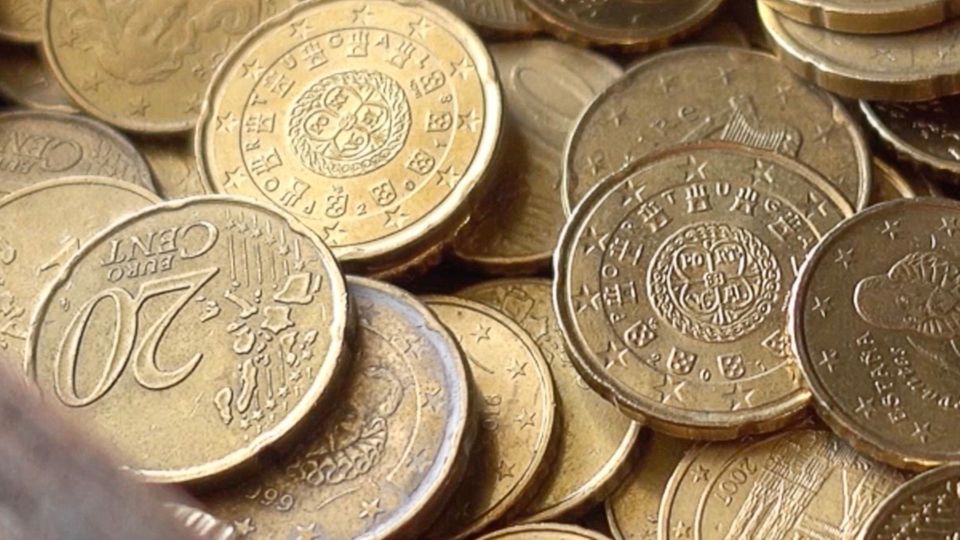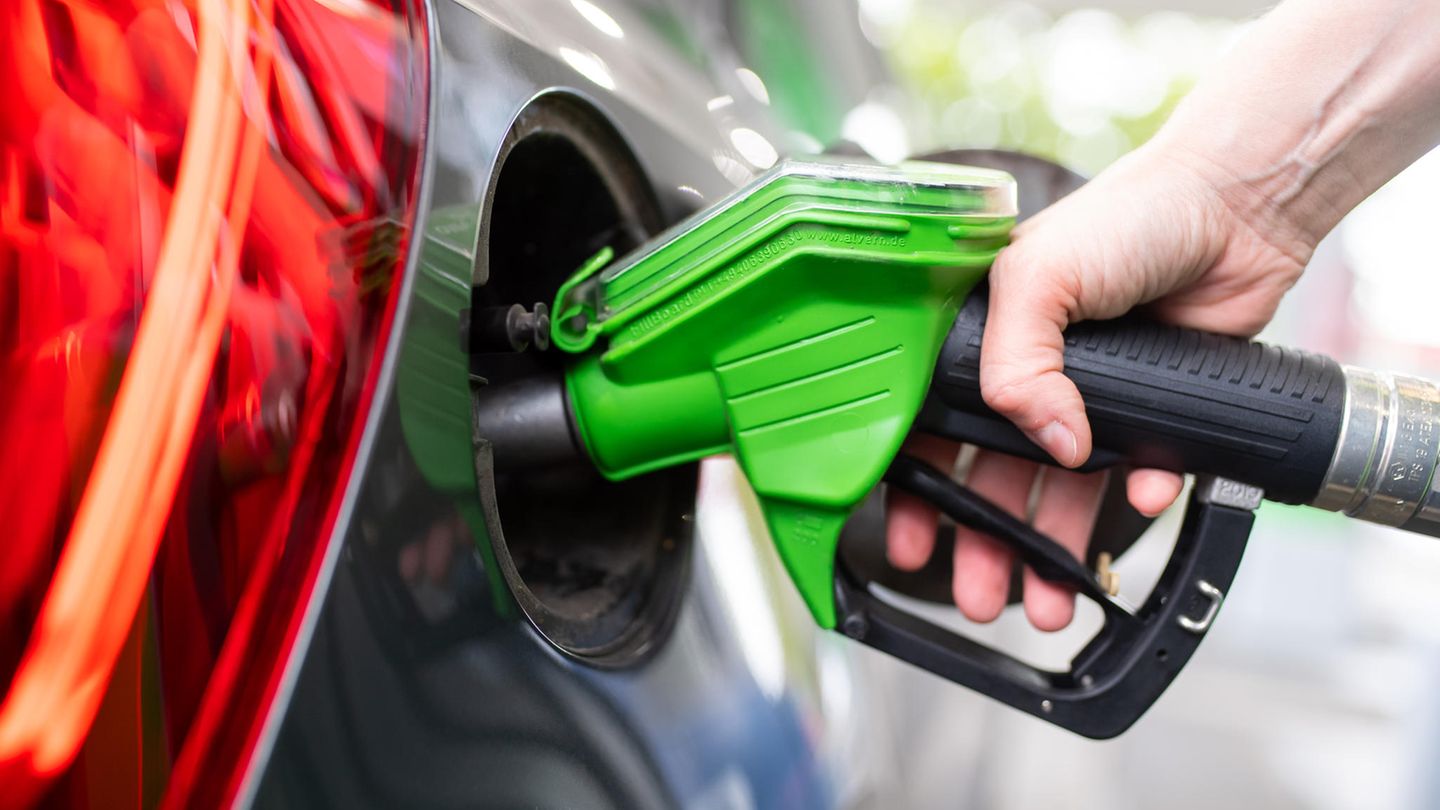Inflation has made another leap up. Germany’s consumers even have to expect inflation to continue to rise over the next few months.
Life in Germany has recently become significantly more expensive: With a value of 3.9 percent, the inflation rate in this country touched the four percent mark for the first time in almost 28 years. Economists expect inflation rates to rise even further in the coming months. Overall, however, they estimate that the rise in consumer prices in Europe’s largest economy will be a temporary phenomenon.
After a price jump from 2.3 percent in June to 3.8 percent in July of the current year, the annual rate of inflation continued to rise moderately in August. The Federal Statistical Office confirmed its preliminary calculations from the end of August on Friday. The last time there was a higher value for the annual rate of inflation than in August of the current year was in December 1993 at 4.3 percent. According to the Wiesbaden authority, prices stagnated from July to August 2021.
Higher inflation weakens the purchasing power of consumers because they can then buy less for one euro than before. Rising inflation rates are also bitter for savers who, for example, park money in low-interest overnight money accounts. The bottom line is that your balances lose their value.
In particular, the high prices for energy are driving inflation
For months, above-average increases in energy prices have been fueling inflation. According to calculations by statisticians, consumers in Germany had to pay 12.6 percent more for refueling and heating in August than a year earlier. Accordingly, heating oil (plus 57.3 percent) and fuels (plus 26.7 percent) became noticeably more expensive.
The prices for natural gas (plus 4.9 percent) and electricity (plus 1.7 percent) also rose. Without taking energy products into account, the inflation rate in August would have been 3.0 percent, according to the Federal Office.
A year ago, with the outbreak of the corona crisis, crude oil prices collapsed due to low demand on the world market. They have since recovered. In addition: In Germany, 25 euros per tonne of carbon dioxide (CO2) has been due since January, which is produced when diesel, gasoline, heating oil and natural gas are burned. Both are currently causing energy prices to rise.
In addition, the withdrawal of the temporary VAT reduction is now fully effective. In order to stimulate consumption in the corona crisis, the federal government had temporarily reduced VAT from July 1, 2020 to December 31, 2020. The regular VAT rates have been in effect again since January 2021, so goods and services tend to be expensive. According to calculations by the Federal Office, the prices for goods as a whole increased by an above-average 5.6 percent in August compared to the same month of the previous year.
Food prices rose by 4.6 percent in August. Consumers had to pay more for vegetables (plus 9.0 percent) than a year earlier.
Prices will probably continue to rise in the next few months
Bank economists and institutions such as the Bundesbank have been expecting consumer prices in Germany to continue to rise in the coming months. For the time being, inflation rates of around five percent are considered possible. “Many in Germany will not like this, but the current rise in inflation is largely due to special effects and a welcome normalization after a long period of too low inflation,” said the President of the German Institute for Economic Research (DIW), Marcel Fratzscher , declared on Thursday.
The euro area has been a long way from achieving the goal of stable prices that the European Central Bank (ECB) wants to achieve. The central bank is now aiming for an annual inflation rate of two percent for the currency area of the 19 countries. Permanently low prices are seen as a risk to the economy: companies and consumers could then postpone investments in the hope that it will soon become even cheaper.
The ECB has given itself more flexibility to deal with comparatively high inflation rates: the central bank is at least temporarily ready to accept moderate excesses or falls below the two percent mark.
In its latest forecast, which the ECB published on Thursday, the central bank assumes that inflation in the euro area will be 2.2 percent in the current year. For 2022, the monetary authorities expect a price increase of 1.7 percent. Inflation and economic development are still not strong enough for an end to the expansionary monetary policy, says DIW President Fratzscher.
In August of the current year, the harmonized HICP consumer price index, which the ECB uses for its monetary policy, was 3.4 percent above the level of the same month last year and 0.1 percent above the level of July 2021.

You can see in the video: A coin is not always worth what it says on it. With a little luck, there can be an unimagined fortune in your wallet. For some misprints, collectors pay surprising sums.
Jane Stock is a technology author, who has written for 24 Hours World. She writes about the latest in technology news and trends, and is always on the lookout for new and innovative ways to improve his audience’s experience.




